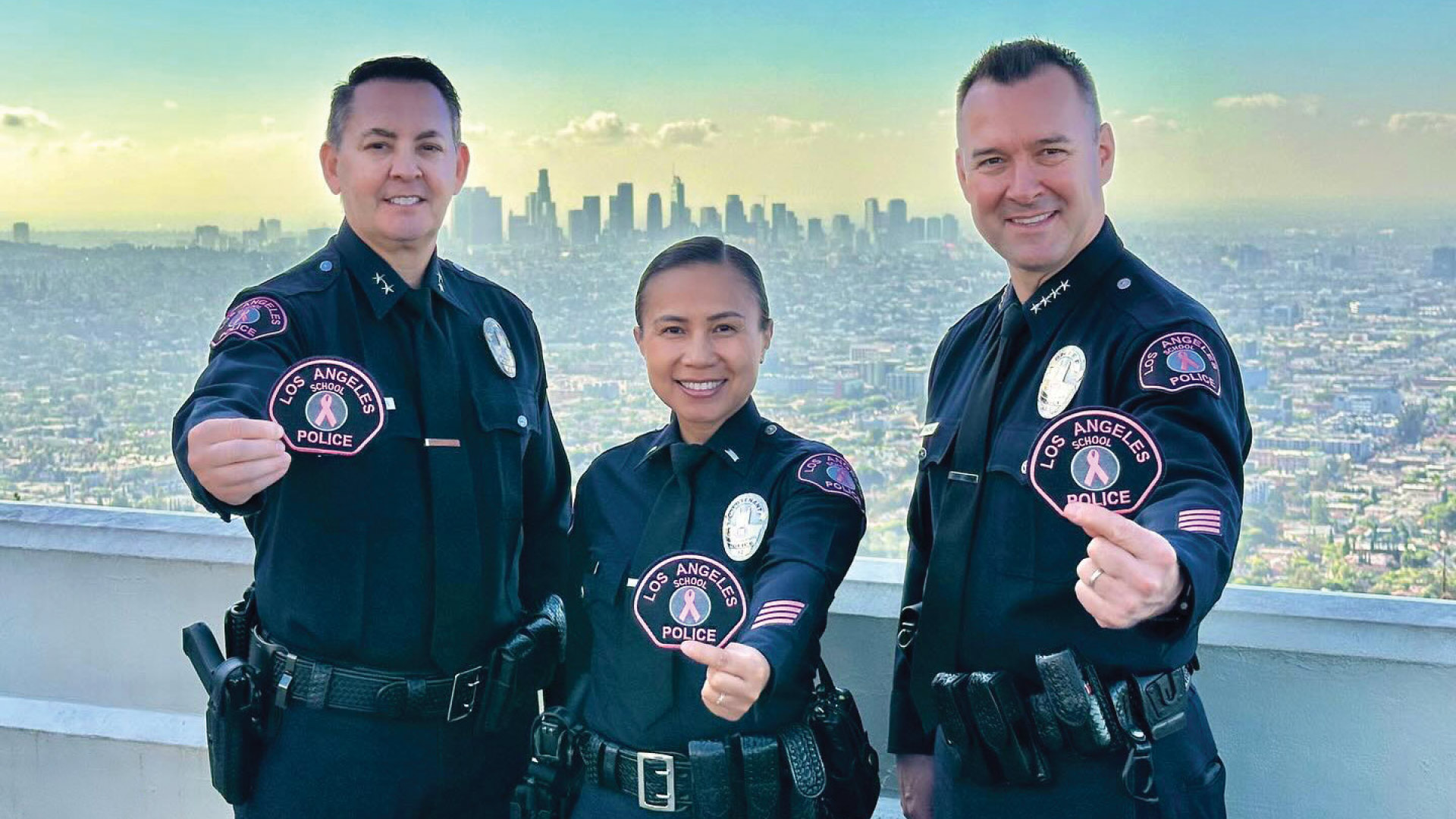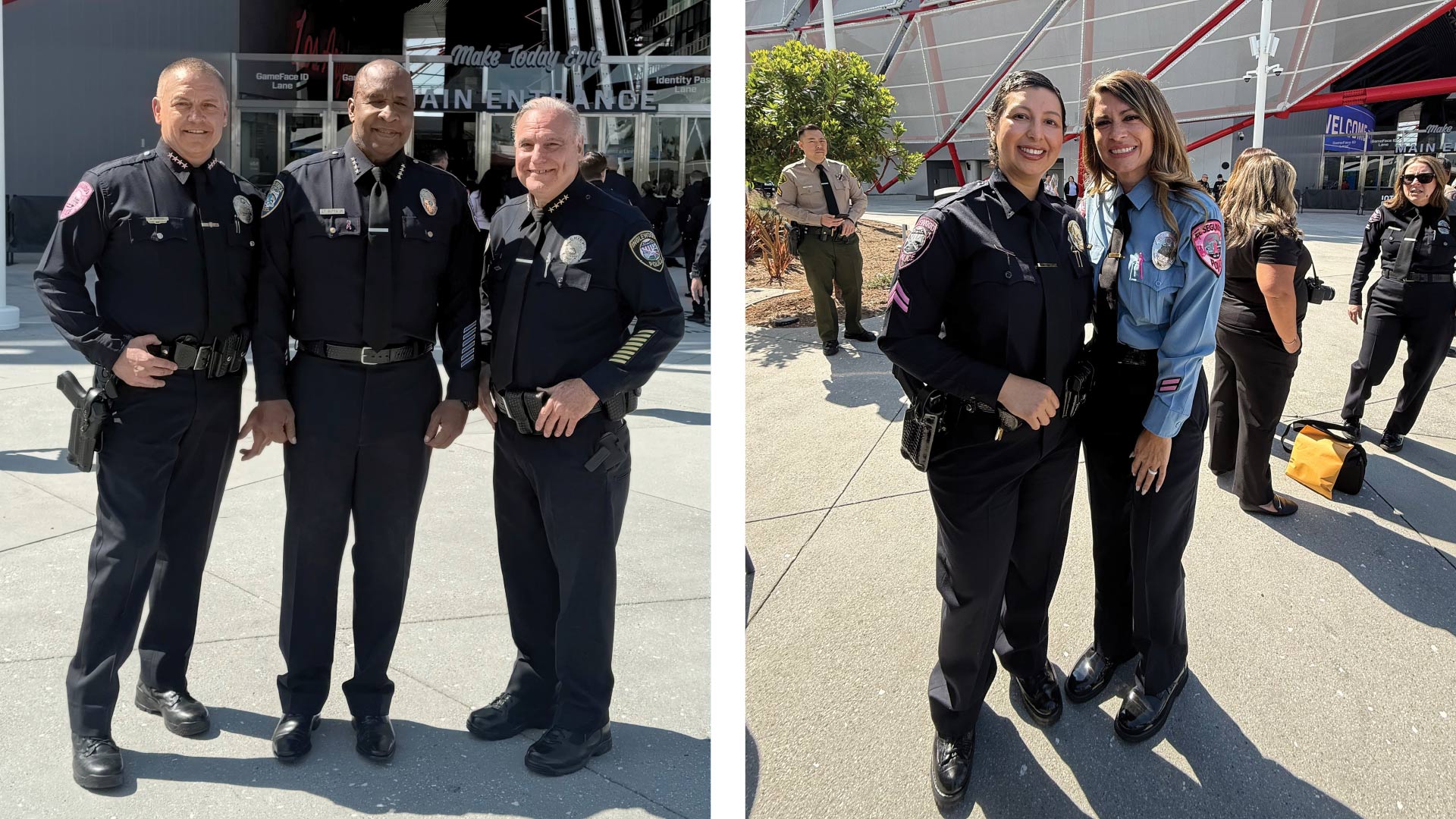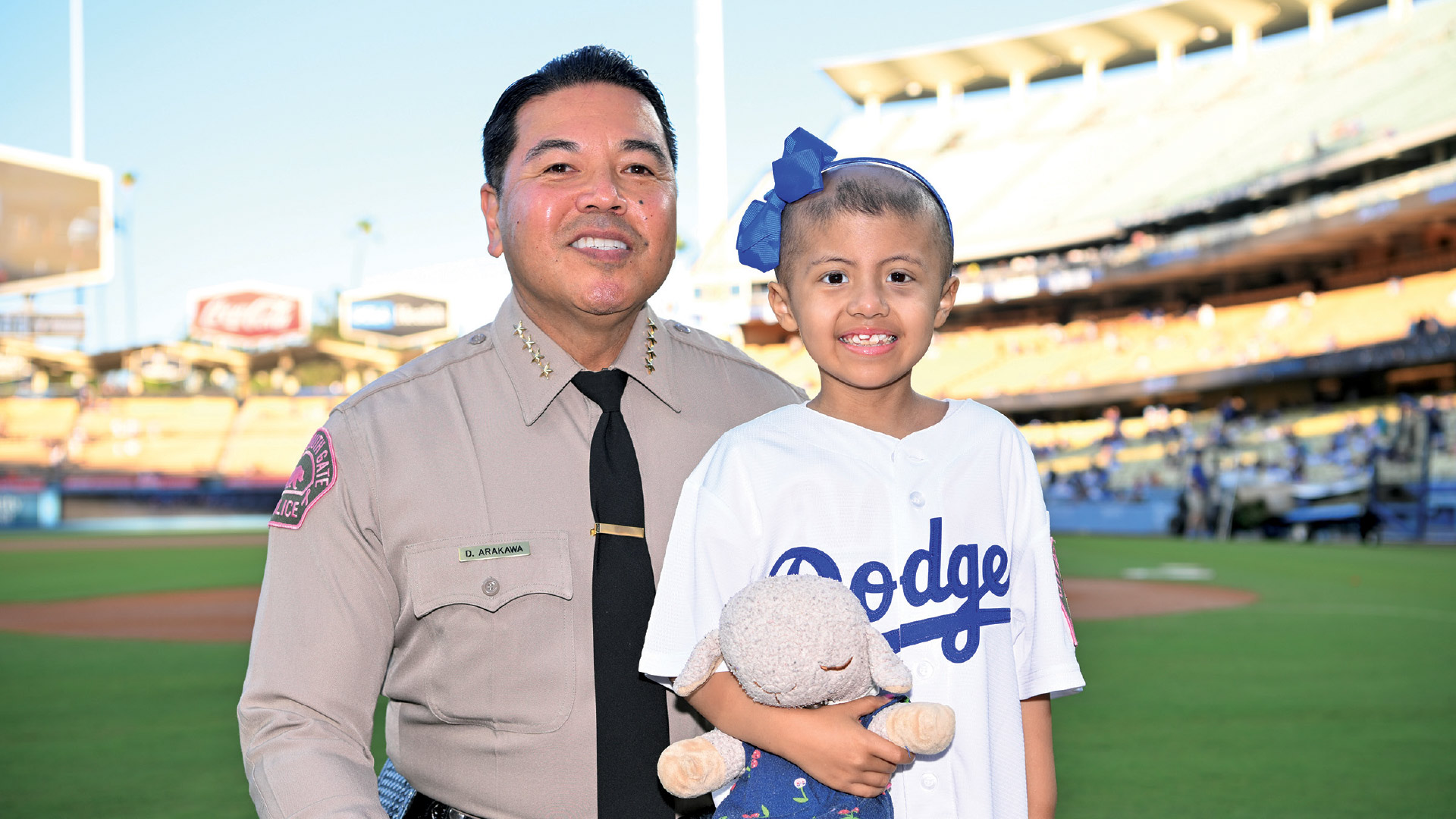Pink Patch Project Shows the Humanity Behind the Badge

October is Breast Cancer Awareness Month, a time dedicated to raising awareness, promoting early detection and supporting research toward a cure. Breast cancer is the most common cancer diagnosed among women in the United States and the second leading cause of death from cancer among women. For the law enforcement community, this month represents a chance to unite through the Pink Patch Project (PPP) — a campaign that has become one of the most visible and inspiring efforts across the profession.
The PPP has grown to include more than 1,000 agencies across the nation and around the world, including police, sheriff’s, fire, EMS and other first responder organizations. “I believe that shows what a testament law enforcement has — that we are able to unite for a cause that raises not only awareness, but funds to support research and education,” says Amy McDaniel of the El Segundo Police Department, who helps run the program. “The project humanizes law enforcement, shows our solidarity with those who are fighting and bridges law enforcement and the public through shared values and a collective effort for such a meaningful cause.”
In just over a decade, PPP has evolved from a handful of Southern California agencies wearing pink patches during October to a global symbol of law enforcement solidarity with breast cancer survivors and their families. The growth is striking not just in scale but in impact. To date, PPP has raised $2 million for City of Hope, one of the largest and most advanced cancer research and treatment organizations in the U.S.
“Raising $100,000 was a huge milestone for us — but to see that we have reached more than $2 million now is incredible!” McDaniel shares. “I believe that this just speaks to the power of community partnerships and the commitment that law enforcement has that we are able to touch so many lives. It is real people supporting real people. For many in law enforcement, this effort is personal. Officers, staff and their families have faced these battles firsthand, and every dollar raised is able to contribute to being that much closer to a cure. Reaching $2 million shows what is possible when agencies come together for a common cause. It is extremely inspiring!”

Photo Right: Amy McDaniel holds a 2024 Pink Patch Project patch (Ed Burns Photography)
Supporting Families Directly
For McDaniel, some of the most meaningful moments come when PPP is able to help individual law enforcement families in need. In 2024, that mission took center stage when the project rallied behind Detective Jackie Sipaque of the Inglewood Police Department.
“Jackie was bravely battling breast cancer at the time and was the sole provider of her two young children. We all recognized the immense support she and her family needed,” McDaniel recalls.
To provide that support, PPP and the Inglewood Police Officers Association hosted a fundraiser at a local comedy and magic club in Hermosa Beach, with proceeds donated directly to Jackie and her children. The effort expanded with help from community partners like Camp Xcel in South Gate and Xcellent Nutrition Meal Prep, which hosted a workout session in her honor. PORAC also established a Fund a Hero campaign to help garner donations from members and the public around the state.
“Thanks to the overwhelming generosity of the community, Jackie was able to focus on her treatment and recovery without the added burden of financial stress,” McDaniel says. “She is currently receiving active treatment and awaiting a future surgery. Despite her ongoing treatments, Jackie remains hopeful about returning to duty. She continues to actively participate in Pink Patch Project events, demonstrating her dedication to the cause and her deep gratitude for the love and generosity she has received. The PPP is proud to stand with Jackie and her family.”
Much of PPP’s success, McDaniel emphasizes, can be traced to the vision of South Gate Police Chief Darren Arakawa, who will retire later this year.
“Chief Arakawa understood early on that this project could be more than just a symbolic gesture — it could be a national movement,” McDaniel explains. “He has guided the project to what it is today, and I believe this speaks to how he is not only as a leader, but as a person. His leadership has been the backbone of the Pink Patch Project’s success and he will be truly missed as he retires.”

Photo Right: Inglewood P.D. Detective Jackie Sipaque (a breast cancer survivor) and Amy McDaniel
Looking Ahead
As the program looks to the future, McDaniel says the mission remains focused and deeply personal. “My goal has always been to continue to advocate for early detection,” McDaniel says. “One in eight women will be diagnosed with breast cancer. If law enforcement can continue to fundraise and raise awareness, we get that much closer to a cure. The goal has not been to just grow bigger, but to get deeper and more effective in the fight against breast cancer while continuing to strengthen the bond between law enforcement and the communities we serve.”
She encourages agencies not yet involved to take the leap. “What are you waiting for!? Joining the Pink Patch Project gives your agency an opportunity to be a part of something bigger than the uniform. It is a powerful way to show your community that you stand for hope. The PPP starts conversations. It opens the door to talk about how we care about the same struggles and that we can fight the same fight against cancer. We honor the survivors, support those fighting and remember those who were lost.”

PORAC’s Impact
Through PORAC’s publications, McDaniel says that PPP is able to reach thousands of officers and departments who otherwise may not have heard about it. “PORAC has the kind of exposure that is key in helping to grow participation year after year,” she says.
“PORAC agencies have done an excellent job to fuel the momentum of the PPP. This program is personal to everyone in law enforcement, and by sharing social media posts, rocking pink patches in October, selling pink items and hosting fundraisers, we have been able to grow tremendously. California is the leading state with the most agency participation for pink patches! Second up is the state of Massachusetts!”
In the end, McDaniel says that PPP resonates so deeply because it speaks to something universal. “Breast cancer doesn’t discriminate. It affects officers, dispatchers, family members, friends and community members,” she shares. “Many PORAC members have lived through this fight firsthand. Almost everyone knows someone who has fought the fight of cancer. If the project can give someone even an inkling of hope — we have done what we set out to do.
“I believe that the PPP is a way to show the humanity behind the badge that we wear every day,” she continues. “The project shows a different side of our profession, one of empathy and a shared purpose. The Pink Patch Project gives PORAC members and their communities a way to raise funds for lifesaving research and spread the word of early detection. Wearing pink patches on our uniforms shows a clear message of support; it starts conversations, raises awareness and shows a shared mission.”

